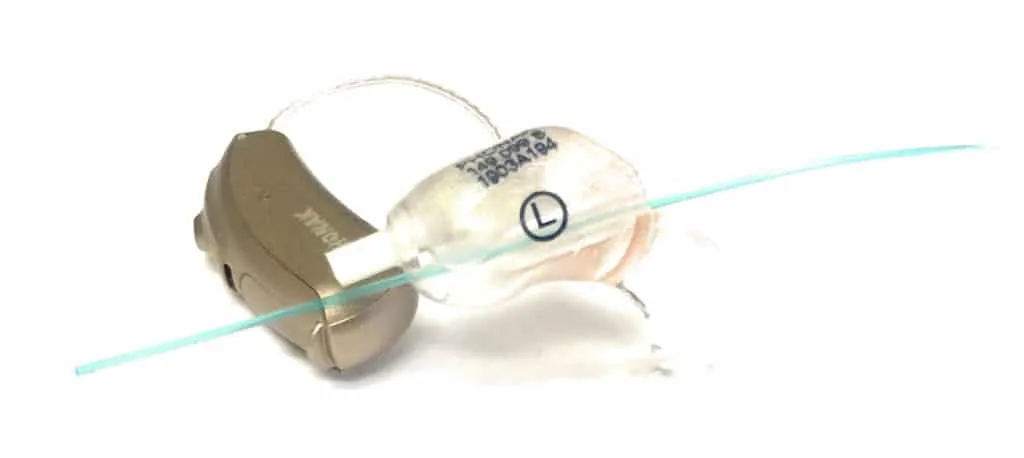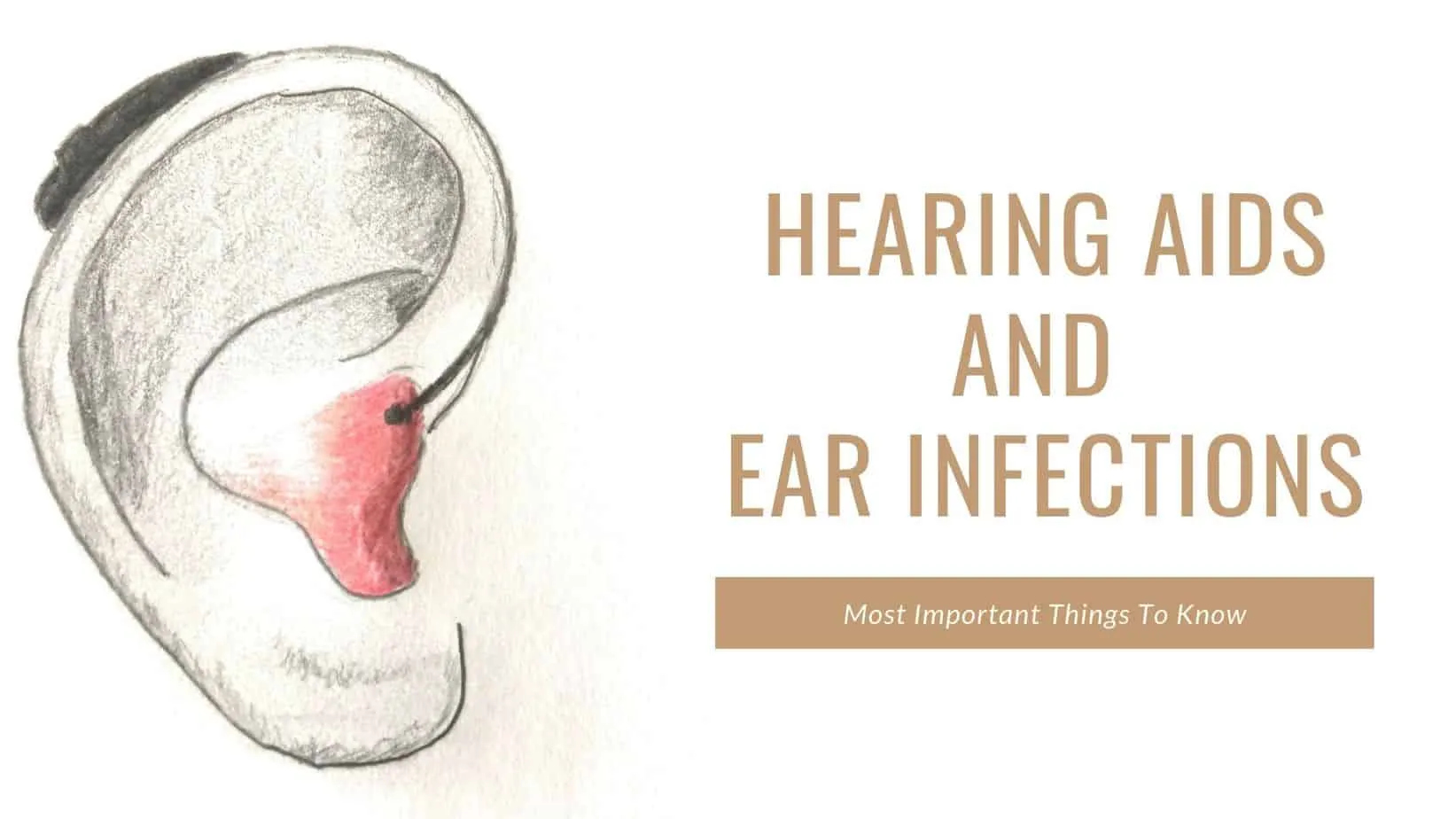As an audiologist with over 14 years of experience, I’ve worked with countless patients who experience ear infections while using hearing aids. These infections are not only painful and frustrating, but they can also be especially disruptive for those already managing hearing loss. One of the most common questions I receive is whether hearing aids can actually cause an ear infection. The answer is nuanced and depends largely on hearing aid hygiene.
So, can hearing aids cause an ear infection? A clean and properly fitted hearing aid should not cause an ear infection. However, if the device is not cleaned regularly, it can harbor bacteria that may lead to otitis externa (outer ear infection). Learn more from the NHS.
If you’re experiencing symptoms like itching, pain, discharge, or swelling and suspect a connection to your hearing aids, this article will explore the possible causes and provide clear steps to prevent and manage infections.
How Hearing Aids Might Contribute to an Ear Infection
Hearing aids themselves do not directly cause infections. However, they can contribute if bacteria, moisture, or poor fit are present. Common risk factors include:
- Infrequent cleaning of the hearing aid
- Wearing hearing aids with dirty hands
- Using unsanitary methods to insert the hearing aid
- Clogged vents that reduce airflow in the ear canal
- Wearing hearing aids while the ear is injured or infected
Improper Lubrication Techniques
Some users with tight-fitting earmolds apply lubrication to ease insertion. While water-based products like Otoease are designed for this purpose, others may use saliva as a shortcut. This is a bad idea — saliva contains bacteria that can easily migrate into the ear canal and cause an infection.
DO NOT LICK your hearing aid or place it in your mouth. Your saliva might ease insertion, but it can introduce harmful bacteria into your ear canal.
Bacteria Accumulation on Hearing Aids
Hearing aids sit in warm, moist environments for hours each day — a perfect setting for bacterial growth. Bacteria from your hands or surfaces can transfer to the device. Always wash your hands before inserting or removing your hearing aids.
To sanitize your hearing aids, use alcohol pads or audiology-approved cleaning wipes daily. For a deeper clean, consider a UV hearing aid dryer, which can disinfect and dry your device overnight.

Blocked Vents and Poor Airflow
Your ear canal needs airflow to stay healthy. If your hearing aid’s vent becomes clogged, it can trap moisture and bacteria — a recipe for infection.
Use a vent cleaning tool (or a thin fishing line) to gently clear out the vent. If you use custom earmolds, ensure the vent hole goes all the way through and is unobstructed.

For a professional-level clean, consider a Jodi-Vac suction device. It removes stubborn wax buildup that may not be reachable with basic tools.
Avoid Wearing Hearing Aids with Cuts or Sores in the Ear
If you have a sore, scratch, swelling, or visible irritation in your ear canal, avoid wearing your hearing aids until the area has healed. Inserting a device over a wound can introduce bacteria and worsen inflammation.
If hearing aids are essential for communication or work, limit wear time and clean both your ears and devices thoroughly before and after use. When in doubt, talk to your audiologist or primary care provider.
What to Do If Your Hearing Aid Causes Pain
A poorly fitting hearing aid can cause discomfort or pain, which may lead to abrasions and, ultimately, infections. If you’re experiencing soreness or pressure, consider the following adjustments:
- Try a smaller or larger dome to achieve a more secure yet comfortable fit.
- Have your audiologist adjust or smooth out any pressure points on a custom earmold.
- Request a new earmold impression if the fit is no longer adequate.
- Extend the receiver wire or tubing to reduce upward tension from behind-the-ear components.
- Switch earmold materials if you suspect a skin allergy.
If you’re not sure how to proceed, schedule a fitting check with your audiologist. They can ensure your devices are adjusted to suit your anatomy and needs.
While ear infections are not a common side effect of hearing aids, improper cleaning and poor ventilation can increase risk. To learn about safe hearing aid use and additional treatment strategies for hearing loss, visit our Guide to Sensorineural Hearing Loss Treatment Options.
Related Questions
How often should hearing aid tubing, domes, and wax traps be replaced? Generally, wax traps should be replaced monthly, tubing every 3 months, and domes every 2–3 months. Learn more about hearing aid maintenance.
Do hearing aids cause more hearing loss? No. Modern hearing aids have output limits and are designed to protect your remaining hearing. For safe and effective use, they must be fitted by a licensed audiologist. See our recommended hearing aids.


